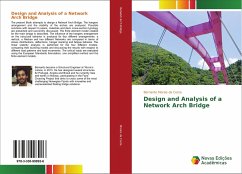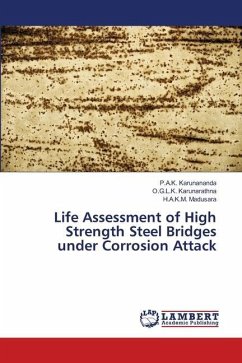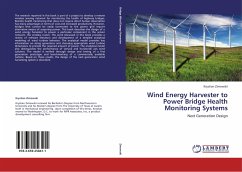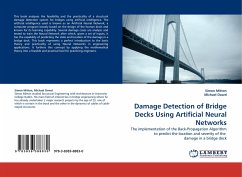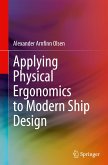The present Book attempts to design a Network Arch Bridge. The hangers arrangement and the stability of the arches are analysed. Possible solutions with respect to spans, materials and deck cross-section typology are presented and succinctly discussed. The finite element model created for the main bridge is described. The influence of the hangers arrangement on the structural behavior is analysed for four different arrangements: a vertical, a Nielsen and two different Networks are compared in terms of stress distributions, deflections, hanger slacking and fatigue behavior. The linear stability analysis is performed for the four different models, comparing their buckling modes and discussing the results with respect to different load patterns and load increments. The critical loads are evaluated using the European Standards formulation, one simplified method and the finite element models.

